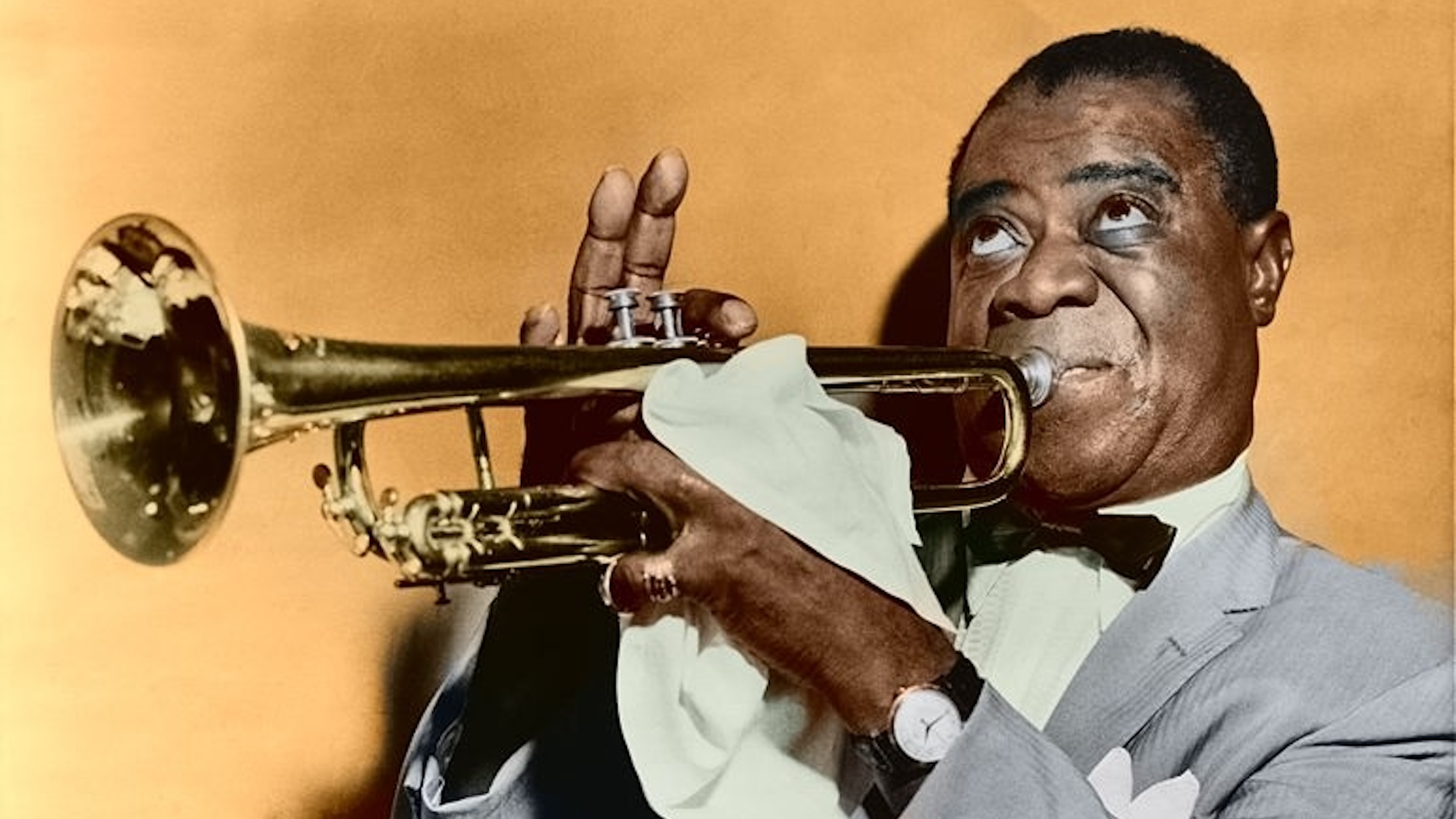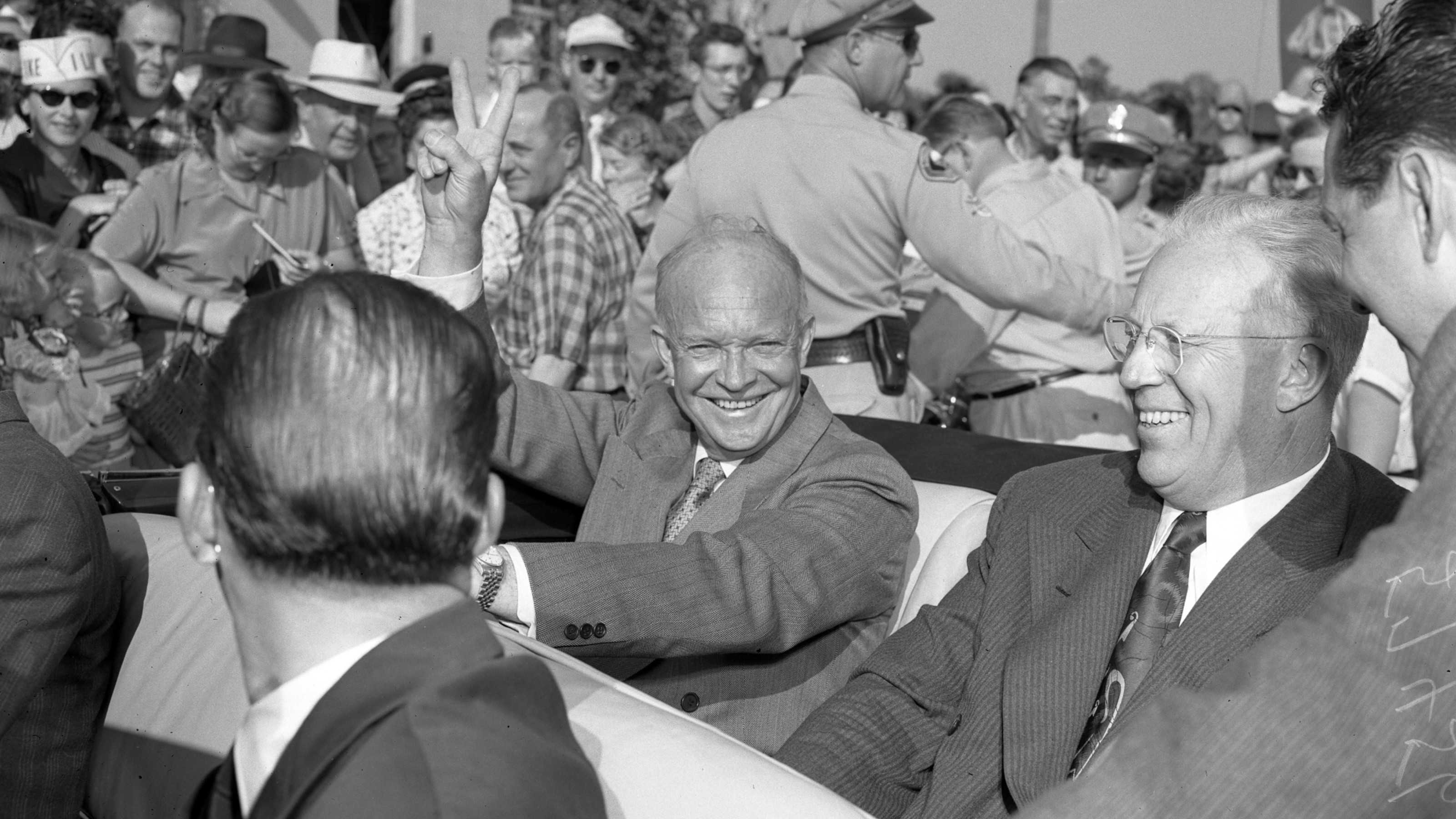Use this genius Pixar hack to get your career back on track

- A list of guidelines to make anyone a better storyteller — posted by Pixar storyboard artist Emma Coats — went viral in 2011.
- Among the advice was a Mad Libs–like template which can be very useful as a tool for honing your “career narrative.”
- The process of refining your work-life “story spine” can ensure you really understand your career quest.
In 2011, Emma Coats—a storyboard artist at Pixar—tweeted twenty-two guidelines to make anyone a better storyteller. Although the whole list went viral and was a hot topic in the professional writing community for months, the part that has received the most sustained attention is her fourth point about creating a “story spine” to provide narrative structure.
Given that the human brain is wired to learn and retain information through stories, turning your quest for progress into a story is an effective way to get noticed and be understood. The story spine will help you create and tell this story well.
Just as you will continue to hone your career narrative, Pixar spends years writing, rewriting, and then writing again each story it tells in its films. And each time, its writers use the following Mad Libs–like template, which captures the seven core “frames” of a story spine:
Once upon a time, _________.
Every day, __________.
One day __________.
Because of that, __________.
Because of that, __________.
Until finally __________.
And ever since that day __________.
When we use this technique with students or mentees, we ask them to fill in these seven blanks twice. First, we have them craft a story spine about their past trajectory, typically focusing on a key transition that brought them to where they are today. For some, filling in each blank takes only a sentence; for others, a paragraph. This exercise should be straightforward but also, our experience suggests, clarifying.

Here’s an edited example of a past trajectory story spine from one of our students, a firefighter who came to us at a critical point in his career, when he was struggling to figure out whether he wanted to become a fire chief. This story spine focuses on how he came into his current role as a first responder:
Once upon a time, I was undecided on where I wanted my future career to go. I was just going through the motions at work. I would get up, have the same routine, go to work, deal with the same people and the same problems, and have little satisfaction.
Every day, I would not look forward to going to work. While there, I would wish I was home. I would constantly look at the clock and count down the hours. I would leave work feeling unfulfilled. All of this continued for a while until . . .
One day I decided that I needed to make a change. What I was doing was not a career; it was just a job. I decided I wanted to go back to school and give back to my community. I started to volunteer as a firefighter. This was a way to both give back and also receive further training and education to pave the way for my future.
Because of that I started to feel more fulfilled. I felt like I was actually making a difference in my community and that this could be the career I was looking for.
Because of that I completed my bachelor’s degree as well as further firefighter training and applied to be a firefighter. I went through the application process a couple of times.
Until finally I was hired as a firefighter by the department I had served as a volunteer in the community where I grew up. I continued getting more education and training and pursued more of a leadership role. I became a senior firefighter. Then I became a lieutenant. I was recently promoted to the management team as a division chief of safety and professional development.
And ever since that day I’ve been more fulfilled in my career and felt a real sense of accomplishment. I’ve also tried to apply what I have learned throughout my career to help develop employees and grow the department. But I find myself wondering whether it is time for me to take the next step in my progression toward being a more influential and more senior leader.
We’ve found that writing a story spine about a pivotal moment in the past prepares people to talk about their larger journey in thoughtful, concise terms. Then it’s time to construct a second spine that describes what you want next in your career. Yours might begin, “Once upon a time, I had a first thought that it was time to move on from my current job . . .” and proceed from there. If this spine comes out more abstract than your past spine, you’re not alone. After all, you’re sharing a story about your intended future, which hasn’t occurred yet. But if it’s so abstract that people can’t follow the thread, you probably haven’t quite landed on a solid prototype for your next role. Your spine about your quest for progress needs to be clear, concise, and actionable enough that hiring managers can easily see how well it matches what they are looking for and you can readily envision yourself living into the narrative. In other words, this story spine is both a communication tool and yet another check in our process to make sure you really understand your current quest.





